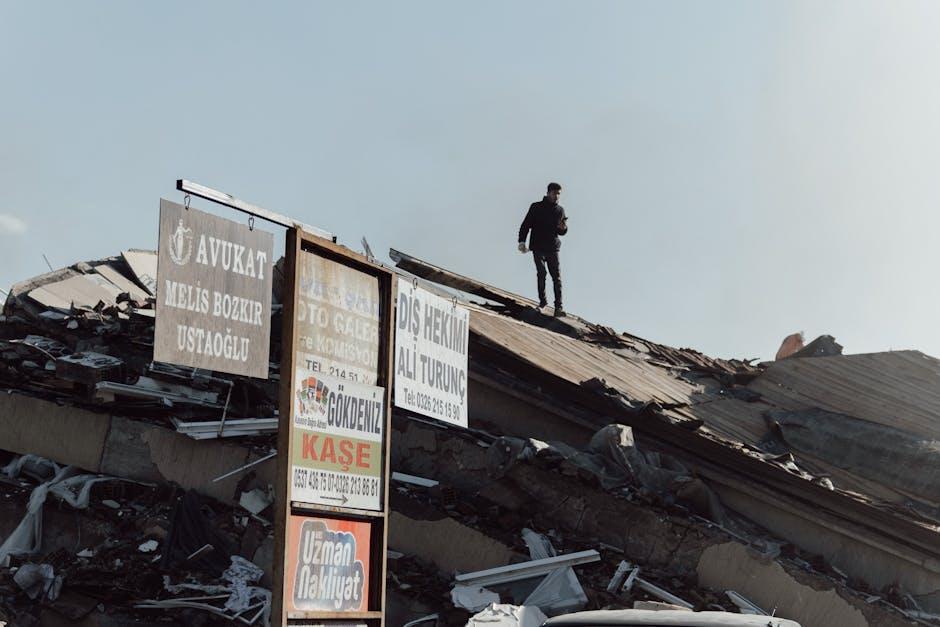
What Qualifies As A Dental Emergency? – Texas A&M Today
Dental emergencies can strike unexpectedly, leaving you in pain and unsure about what to do next. Understanding what qualifies as a dental emergency is crucial to quickly getting the right care and avoiding complications. Whether you’re experiencing sudden tooth pain or a serious injury, knowing when to seek immediate dental attention can make all the difference.
Understanding Dental Emergencies: The Basics
A dental emergency refers to any oral health issue that requires prompt professional attention to relieve severe pain, stop bleeding, or prevent the loss of a tooth or infection. Not every toothache or oral discomfort is an emergency, but certain symptoms definitely warrant a quick trip to your dentist or an emergency room.
Common Signs of a Dental Emergency
- Severe toothache pain lasting more than 24 hours
- Knocked-out or loose permanent tooth
- Broken, chipped, or cracked teeth causing pain or sharp edges
- Abscess or infection with swelling and fever
- Uncontrolled bleeding from the mouth or gums
- Injury to the jaw or face affecting bite or function
- Objects stuck between teeth causing pain or swelling
Types of Dental Emergencies
Here’s a detailed breakdown of what situations qualify as dental emergencies, helping you identify urgency easily:
| Dental Emergency | Description | Recommended Action |
|---|---|---|
| Knocked-Out Tooth (Avulsed Tooth) | Complete loss of a permanent tooth due to trauma. | Rinse gently and attempt to reposition in socket or keep moist; see dentist immediately. |
| Severe Toothache | Persistent, throbbing pain often due to decay or infection. | Rinse mouth, avoid chewing on the affected side, visit dentist promptly. |
| Broken or Chipped Teeth | Damaged teeth that cause pain, bleeding, or sharp edges. | Save fractured pieces, rinse mouth, schedule emergency dental care. |
| Abscess or Infection | Swelling, pus, fever, indicating infection in gums or tooth roots. | Seek immediate dental or medical care to prevent spread of infection. |
| Lost Filling or Crown | Dislodged dental restoration causing discomfort or exposure. | Use temporary dental cement if available and book urgent dental visit. |
| Soft Tissue Injury | Bleeding or severe cuts inside the mouth from trauma. | Apply pressure to stop bleeding; get emergency help if bleeding persists. |
When to Seek Emergency Dental Care in Texas
If you are in Texas, including the Bryan-College Station area near Texas A&M University, it’s essential to know local resources for emergency dental care. Here are practical tips on when and how to seek care:
- Dial 911 or visit the ER if you have jaw fractures, excessive bleeding, or difficulty breathing or swallowing.
- Contact your regular dentist or local emergency dental clinic immediately for severe toothaches, knocked-out teeth, or infections.
- Do not delay care for any intense pain or swelling; untreated infections can spread quickly.
Texas A&M Students and Residents: Emergency Dental Resources
Texas A&M University offers on-campus dental clinics and can direct students to trusted emergency dental providers. For residents around the area, several 24/7 dental emergency services provide timely care.
Practical Tips to Handle a Dental Emergency
Acting fast and wisely during a dental emergency can save your tooth and reduce pain. Follow these useful steps:
- Stay Calm: Panicking can worsen the situation. Take slow deep breaths and try to assess the problem clearly.
- Manage Pain and Swelling: Use cold compresses for swelling and over-the-counter pain medications as directed.
- Save Tooth Fragments: Collect any broken pieces and keep them moist in milk or saline if possible.
- Avoid Certain Foods: Stay away from hot, cold, or hard foods that may worsen pain or breakage.
- Keep Oral Hygiene: Gently rinse with warm saltwater to keep the area clean, but avoid vigorous spitting to prevent bleeding.
Case Study: How Quick Response Saved a Knocked-Out Tooth
John, a Texas A&M student, was playing intramural basketball when he experienced a forceful collision leading to a knocked-out front tooth. Remembering the dental emergency guidelines, he immediately:
- Picked up the tooth by the crown (not the root).
- Rinsed it gently with water to remove debris.
- Placed the tooth in a cup of milk for moisture preservation.
- Rushed to the university dental emergency clinic within 30 minutes.
The dentist successfully re-implanted John’s tooth, preserving his smile and avoiding costly prosthetic treatment. This case highlights why recognizing dental emergencies early is so important.
Benefits of Prompt Emergency Dental Care
- Prevents infection: Immediate treatment reduces risk of abscesses and systemic infection.
- Saves natural teeth: Quick action can often save teeth that might otherwise need extraction.
- Minimizes pain and discomfort: Early intervention helps control pain and inflammation.
- Improves recovery time: Timely care allows faster healing and less complicated follow-ups.
Conclusion
Recognizing what qualifies as a dental emergency can help you react efficiently when oral health issues arise unexpectedly. Whether it’s a severe toothache, knocked-out tooth, or swelling indicating infection, prompt care is key to preserving your smile and preventing further health complications. For Texas A&M students and residents, knowing local emergency dental resources ensures you get timely professional care when it matters most.
Stay informed, keep calm, and don’t hesitate to seek emergency dental help to protect your oral health.


